Minecraft game is one of the most popular and best selling video games of all time with over 238 million copies sold. The game’s intricate pixelated graphics and design have attracted a huge global fan base. This guide will Minecraft Game Icons and Banners| Exploring Their Design and Impact information and inspires creativity through its use of different game icons and banner designs. It will discuss the evolution of the game’s visual language and how certain icons have become cultural touchpoints for those immersed in the blocky world of Minecraft.
History of Minecraft Game (2009)
Minecraft was first created in 2009 by Swedish programmer Markus Notch Persson. He began development as a personal side project under the company name Mojang. Early versions allowed players to mine and craft in randomly generated cubic worlds. Basic gameplay focused on gathering resources and surviving at night.
By adding simple gameplay systems, Minecraft provided endless possibilities for player creativity and adventures. Word spread quickly about the humble indie game online. Updates added new blocks, items, and challenges. By 2011, commercially released alpha and beta versions brought millions of new players into the growing blocky sandbox worlds. During this time, gaming news and investment discussions, including topics like AMD Stock Fintechzoom, often highlighted Minecraft’s rising popularity and the potential for growth in the indie game market.
Minecraft’s Development Over the Years
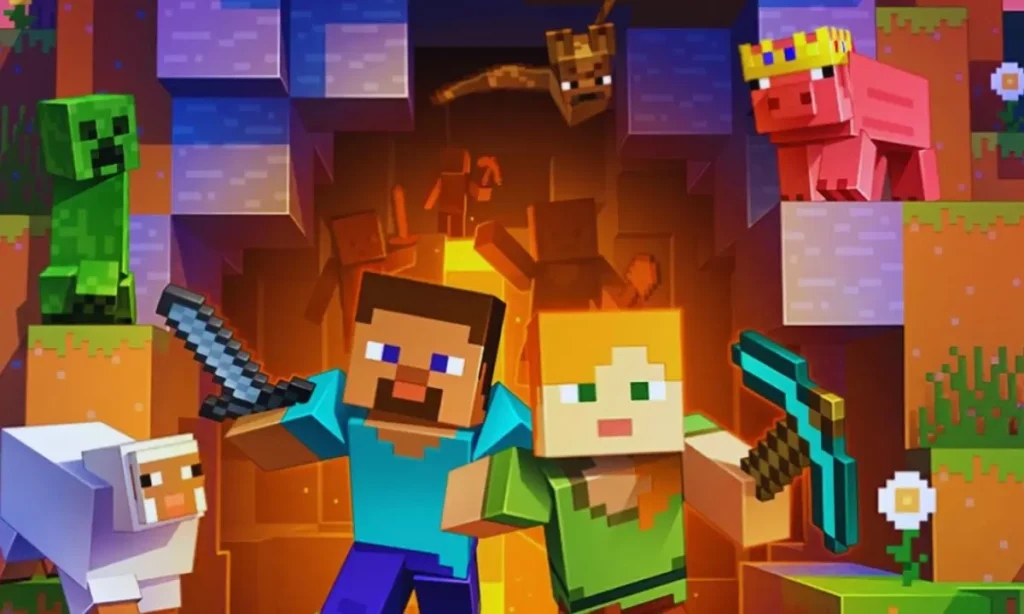
The full release version 1.0 in 2011 brought refined survival and creative modes. New biomes, enemies and bosses were introduced. Custom map support encouraged endless player generated content and game modes. Major updates like the Redstone Update added complex wiring for mechanical builds.
The Aquatic Update brought oceans, ships and underwater monuments. Constant free additions ensured Minecraft remained fresh for veteran players. Mod support opened up endless possibilities beyond what Mojang developers envisioned alone. Ten years after its start, Minecraft remains one of the best selling and most active games worldwide.
Understanding Minecraft Game Icons
Minecraft game features many recognizable characters and objects represented by simple pixel icons. These icons help players instantly identify different mobs, items, and blocks in the game. The pixelated icons have become deeply ingrained in gaming culture due to their appearance and what they represent.
What Are Minecraft Game Icons?
Minecraft game icons are small graphical representations used within the game. Icons are used to represent various items blocks entities and functions in Minecraft. When you open your inventory hotbar or menu screens you’ll see various icons used to identify different elements. Icons make it easy to recognize things at a glance without needing to read long text labels.
There are many different types of icons used in Minecraft game to serve different purposes. Inventory icons display the items and blocks you’re carrying. Hotbar icons show what’s equipped for quick access. Map icons pinpoint locations and note points of interests.
Types of Icons in Minecraft Game
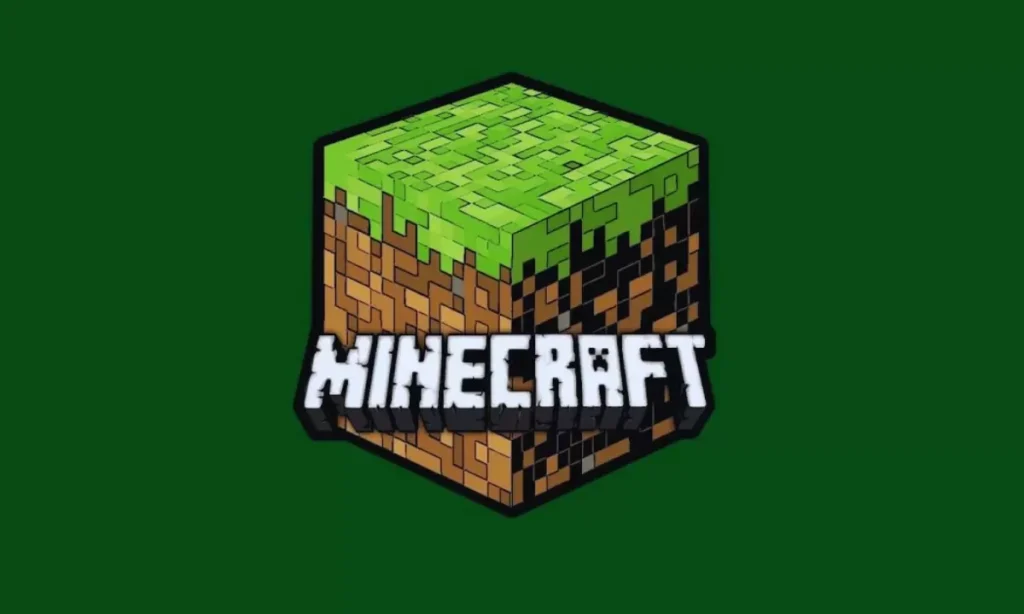
The main categories of icons found throughout Minecraft game include inventory icons, hotbar icons map icons status effect icons and menu/interface icons. Inventory icons appear wherever your inventory and storage are displayed, like chests and shulker boxes. They picture the various crafting materials tools weapons and other entities you can pick up.
Hotbar icons mirror what’s equipped on your action bar for one click access during gameplay. Map icons locate yourself and places of interest on maps. Status effect icons notify you of active buffs and debuffs. Menu/interface icons categorize different gameplay systems and functions accessed through GUI screens.
Designing Minecraft Game Icons
When designing icons for a Minecraft game mod or resource pack, there are some best practices to follow to make them intuitive and recognizable. Icons need to clearly convey what they represent at a small pixel size. Use bold, low detail graphics that translate well across different screen resolutions.
Stick to the voxel aesthetic by drawing icons out of cubes and rectangles. Incorporate the color palette from vanilla Minecraft to match the default style. Test how icons look desaturated, animated and at different scaled sizes. Get feedback from players during the development process.
Tips for Designing Minecraft Game Icons
Here are some specific tips for crafting effective Minecraft game icons:
- Keep designs simple with 2 to 4 colors maximum. Complex textures won’t read well at a small size.
- emphasize the subject’s key attributes rather than intricate details. Focus on color and basic shape over fine features.
- Use consistent styles across related icons for continuity. Organize similar icons into groups.
- Add a distinctive border or frame around icons for clarity against similar looking backgrounds in grids.
- Test readability on various display settings and resolutions. Icons need to shine through different graphics configurations.
- Get other players’ perspectives on recognizeability and usability. Revisions are easy based on feedback from actual users.
Factors to Consider When Designing Icons
There are a few important factors to weigh when designing custom icons:
Icon size The dimensions will affect how much detail can be included. Minecraft uses 16×16, 24×24 and 32×32 pixel sizes commonly. Simpler is better for smaller resolutions.
Art style Match the voxel aesthetic by building icons out of cubes, rectangles and basic colors from the vanilla palette. Vibrant styles clash while muted tones blend in.
Purpose Consider where and how the icon will be used. Inventory icons need clear at a glance. Maps demand locating features. Context affects the needed information density.
Clarity above all the subject must be instantly recognizable even from a distance. Remove ambiguity with silhouette prominent colors or other means of unambiguous communication at small scale.
Consistency Imitate the established conventions within Minecraft for cohesive and intuitive designs. Keep related icons visually aligned in look and structure.
Popular Minecraft Game Icons
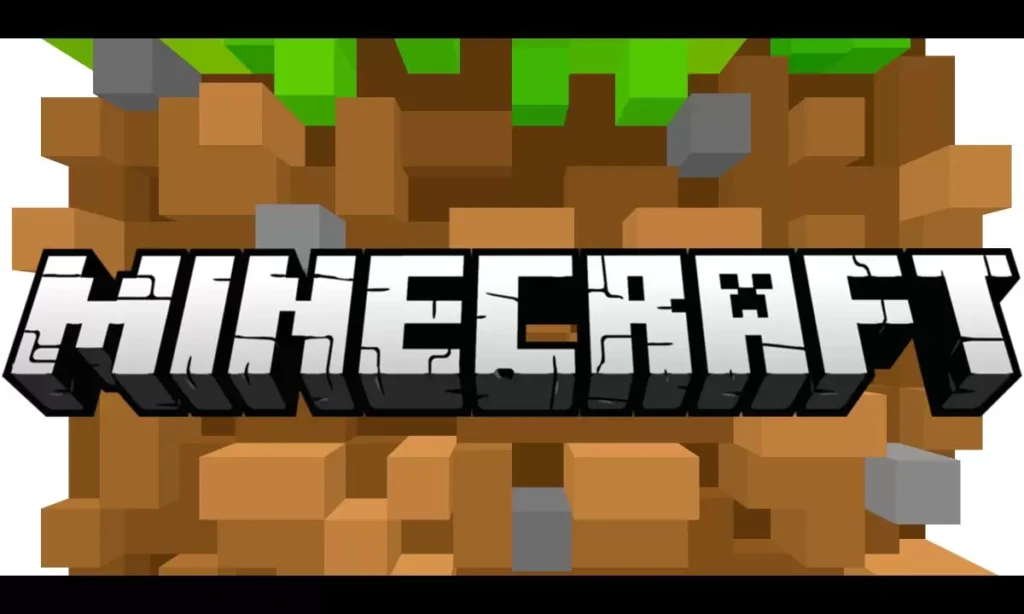
Minecraft features many memorable characters represented by simple pixel art icons. Steve and Alex are the player characters that can be selected at the start of the game. Both Steve and Alex are recognizable by their blue shirts and jeans or shorts. Their cheerful smiling faces have become synonymous with the game.
Other well known icons include the Creeper, an exploding green monster that sneaks up on unwary players. Zombies lurch forward with outstretched arms while skeletons aim bone arrows. Creepers zombies and skeletons are among the most common hostile mobs players encounter at night or in caves.
Iconic Minecraft Characters
As the player characters, Steve and Alex are immediately identifiable as friendly and in control. Players can customize their appearance slightly by changing clothes and skin tones. However their blocky bodies and pixelated features remain consistent. This consistency helps players recognize them instantly even from a distance amid the complex worlds they explore.
How Minecraft Game Icons Influence Gameplay?
The basic yet recognizable icons of Minecraft make gameplay seamless. Players always know exactly who their avatar is no matter what world they enter. Friend or foe is instantly clear on sight. Icons never need to load, so action remains quick and smooth.
Simple mob designs ensure they are instantly readable even from a distance. A green colored block with a frown is all that is needed to trigger a Creeper reaction. Players learn to spot subtle details like skeleton bows or zombie rotting flesh at a glance. Iconic silhouettes help new players understand threats before reading any guides.
Using Minecraft Banners
Banners allow players to customize flags and hang them throughout the world. By applying different colored dye patterns, players can design unique banners to mark buildings, territories or leave messages. Common uses include flags above bases, maps or trails through the wilderness.
Creative banner designs open many possibilities. Combining dye patterns and layers leads to countless variations. Banners add personal touches that express individual style or faction identities within a world. Well crafted banners become virtual works of art that other players may admire.
Crafting and Customizing Minecraft Banners
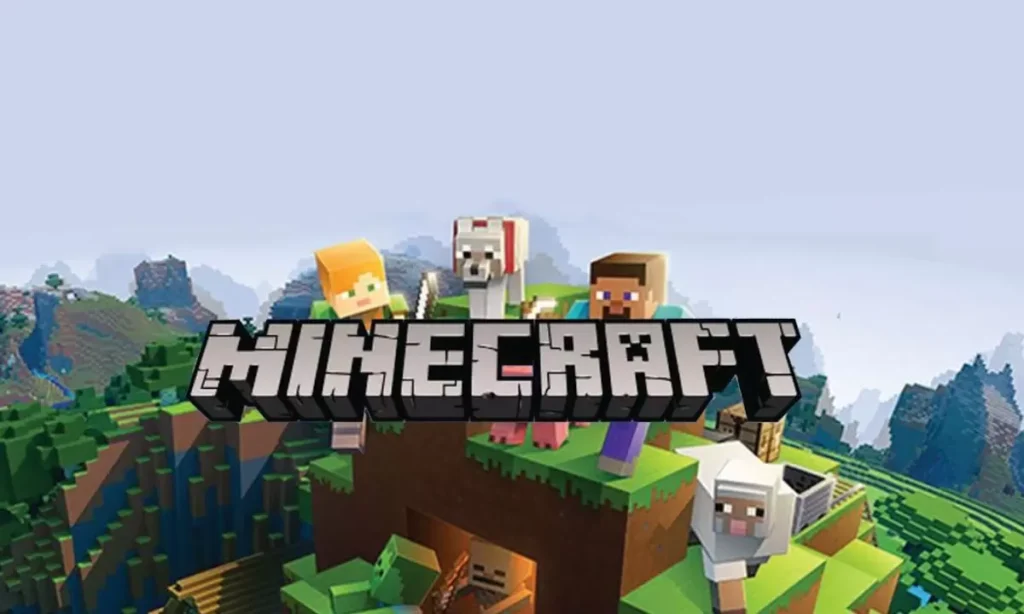
To craft a banner six wool or dye items of any color and one stick are combined in a crafting grid. This produces a blank banner ready for customization. Dyes are then applied in one of 16 pattern types across up to six layers on the banner by right clicking it while holding dye. Colors can be mixed on each layer to create more complex patterns. Banners may be renamed by an anvil to identify their purpose too.
Designing Minecraft Banners
With the variety of dye colors and pattern layers, imaginative players can craft unique banners to mark any occasion. Common banner designs include stripes and crosses to mark paths or outposts. Some players like to represent factions through complex coats of arms. Minecraft clans may use elaborate banners as symbols of their community.
Other fun patterns include pixel art, shapes or messages that can be seen from a distance. There are endless possibilities for creative self expression through personalized banners in the blocky worlds of Minecraft. The iconic characters and simple banners show how even the basic elements of Minecraft encourage player expression cooperation and memorable shared experiences.
Tips for Creating Minecraft Banners
When crafting banners in Minecraft, it’s important to consider the design and how it will be displayed. Start with a simple pattern using two or three colors before adding layers of complexity. Test banners on item frames or fence posts first before placing permanently. Make sure the design will be identifiable from a distance.
Make banners that suit their use, like a striped path or a complex clan symbol. Get ideas from real flags or heraldry for detailed coats of arms. Customize names to identify banners, like labeling paths or assigns ownership. Banners can tell stories or add personality when placed around builds.
Tools and Techniques for Banner Design
Dye patterns allow creativity but trying all options on a banner can be tedious. Creative mode or banners copied with commands let players experiment freely. Using banner templates online can inspire color combinations before crafting.
| Tool/Technique | Description |
| Dye Patterns | The basic building blocks, allowing for millions of color combinations across layers. |
| Creative Mode | Lets players freely experiment with banners without limitations. |
| Copying Banners | Commands allow duplicating banners, a huge help when designing. |
| Online Templates | Templates provide inspiration, helping visualize possibilities before crafting. |
| Layer by Layer | Easiest to build up designs gradually rather than redoing complex creations. |
| Screenshots | Take photos of progress to compare versions or share designs online. |
| Placement Testing | Try banners in various spots to understand lighting and viewing angles. |
| Sharing Designs | Get feedback from others or find new ideas on sites like Planet Minecraft. |
It’s easiest to build up layers gradually rather than redo complex designs. Take screenshots of progress to compare or share online. Consider lighting, viewing angles and distance when banner will be viewed. Frame banners attractively to showcase subtle detail. With practice, banners can become a fun way to decorate Minecraft worlds.
Examples of Minecraft Banners
Some basic yet effective banner designs include stripes to mark paths, with different colors identifying separate trails. Simple crosses make clear landmarks visible from a distance. Pixel art banners allow clever designs like maps, inventory icons or messages. Wool banners show off dye patterns clearly compared to other materials like concrete.
Complex banner designs require more planning but provide rewards. Coats of arms with woven crests represent clans or factions within a multiplayer world. Murals use multiple banners to create scene compositions when hung near each other. Unique banner signatures let players leave personalized messages anywhere in the world.
Unique Designs and Creative Examples
Advanced banner techniques include gradients that blend hues across layers. Combining dyes this way produces natural looking designs like sunsets and ombres. Emblems pull complex shapes from real heraldry to add historic flair.
Humorous or punny banners spread joy with inside jokes and memes. Modern pixel art adapted classic game sprites and emojis for a blocky retro feel. Abstract geometric banners visually pop with mathematically inspired patterns. The possibilities are limited only by imagination and skill with the banner crafting tools.
Community Created Banner Designs
Fans share their incredible creations on sites like Planet Minecraft. Complex banners coded with special patterns require countless layers of precise dye placement. Some designs even incorporate redstone circuits and command blocks for animated or interactive banners.
Minecraft Icons vs Banners: What’s the Difference?
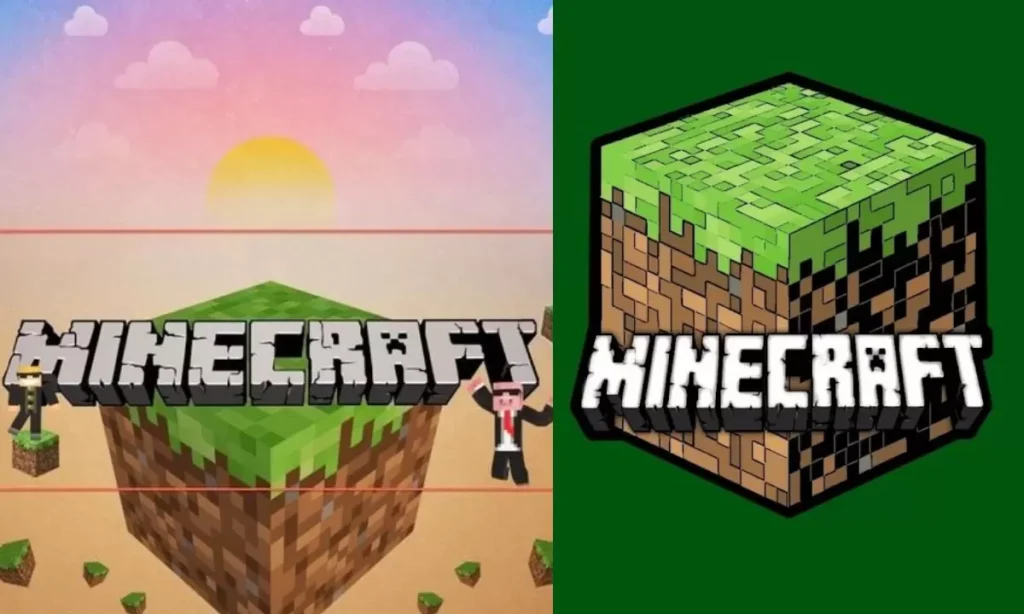
Icons and banners serve different purposes in Minecraft even though both use simple pixelated designs. Icons instantly identify mobs, blocks and tools through familiar shapes. Players know an icon means interacting or reacting on sight. Banners allow more flexible expression through customizable dye patterns that can represent anything imagined.
While icons remain unchanged, banners provide endless creative possibilities. Icons interact directly through gameplay but banners add optional aesthetic layers for roleplay and expression. Understanding each item’s separate use helps players appreciate Minecraft’s depth beyond the blocks.
Iconic Differences in Minecraft
Icons portray built in game elements with consistent silhouettes that don’t change. Familiar mob faces signal danger or safety at a glance due to learned meanings. Iconic blocks fit precisely into the construction based gameplay in predictable ways. Banners lack rigid definitions and transform based on crafters visions. Their purpose depends on context rather than predetermined functions. Banners let players shape their own stories more freely within Minecraft’s sandbox.
Banners and Their Impact in the Game
Placing personal banners around builds claiming territories adds subjective experiences to shared worlds. Spotting another player’s unique designs while exploring sparks social interactions or competitions. Creative banners also don’t directly impact gameplay mechanics like iconic items. They decorate aesthetically rather than interacting through systems. Both icons and banners equally enrich Minecraft in their own distinct ways.
The Importance of Minecraft Game Icons and Banners
Minecraft game relies on icons and banners to identify game elements at a glance. Recognizable icon shapes teach players instinctive responses during intense action. Icons keep systems seamless even across frequent updates. Banners allow personalization with infinite designs.
Icons form Minecraft’s core but banners importantly give players outlets for self expression through territory claims, storytelling or amusing others. Both components enhance enjoyment separately in their own significant ways.
The Role of Icons in Minecraft Game
Familiar icons mean mobs, tools and blocks constantly interact predictably. Players learn to spot danger like Creepers at distances due to memorable silhouettes. Having a consistent language of core elements lets Minecraft feel intuitive from the beginning. Icons support emergent gameplay where reactions become second nature. Even basic resources shine when players recognize gathering routines from simple pixelated textures. Icons keep the user focus on mechanics rather than identifying unfamiliar objects.
How Banners Enhance Gameplay?
While not directly tied to core systems banners foster expression. Unique banner designs seen while exploring intrigue players to seek their stories. Bannersclaimed territories can inspire social bonds or rivalries between individuals or factions. When placed attractively, banners also beautify the game world. They allow personal artistic styles to shine through even simple block builds. With their endless possibilities banners inspire creativity surrounding the gameplay itself.
Impact of Icons and Banners on Minecraft Game Community
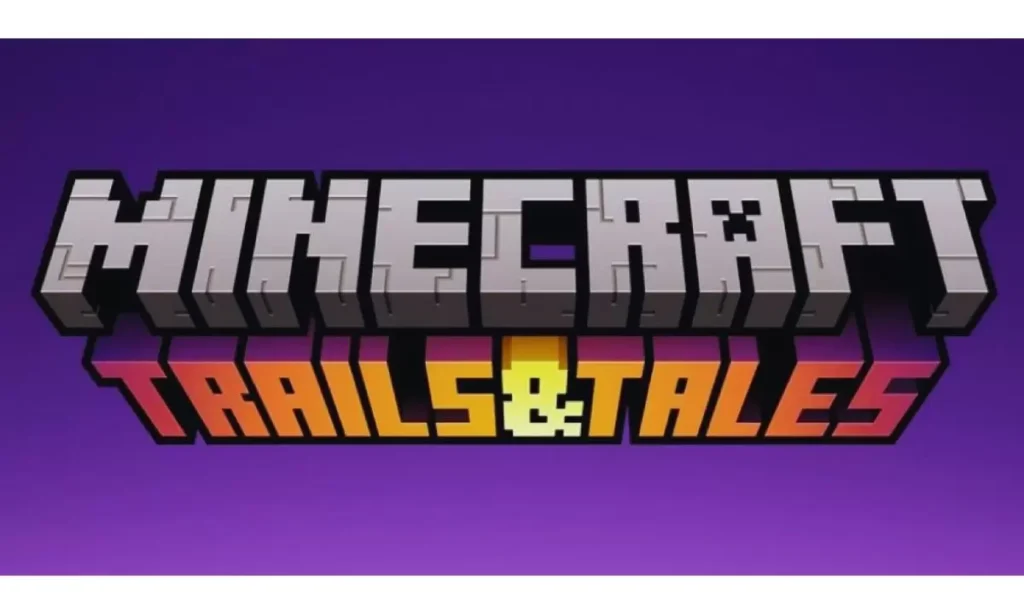
Minecraft’s simple yet vibrant icons foster instant recognition between players worldwide. Iconic mobs and tools form common ground regardless of diversity. Icons break down barriers by prioritizing shared fundamentals. Meanwhile, banners stimulate peer bonding through personalized styles. Unique creations encourage collaboration and friendly competition between individuals. Both icons and banners strengthen community bonds in the game.
Community Engagement Through Icons
Familiar icons establish quick rapport between strangers in online worlds. Players comprehend basics without language barriers. Icons breed inclusiveness that welcomes all. Shared comprehension of iconic dangers or rewards also intensifies cooperative gameplay. Unified icon understanding optimizes teamwork fundamentals essential to rich multiplayer. Icons facilitate enjoyable social interactions.
Banners as a Form of Community Expression
Customizable banners let individuals craft identities while belonging. Unique creations spotted in others’ bases invite curiosity and potential connections. Elaborately planned coordinated banner displays between friends showcase collaboration. Distinct banner teams empower group spirit and friendly rivalries that entertain wider audiences.
Future of Minecraft Game Icons and Banners
As the game’s popularity endures, developers must innovate while honoring classic elements. Icons may incorporate new styles over time for freshness, yet keep iconic silhouettes familiar. Technical advances allow optimizing iconic designs without harming legacy.
Banners continue broadening expression by incorporating additional dyes, textures, animation and interconnectivity with other systems. Their future remains unlimited creativity wise wherever technology and community take them. Both icons and banners will propel Minecraft ahead concurrently.
What Lies Ahead for Minecraft’s Visuals?
Developers face balancing innovation vs respecting roots. Small icon graphical updates renew interests while keeping foundations recognizable. Complex original concepts reimagined through iconic lenses invite both nostalgia and newcomers.
FAQ’s
Conclusion
Minecraft game icons and banners have both profoundly impacted the gameplay and community since the game’s start over a decade ago. The simple yet memorable icons ensure core interactions remain seamless, while customizable banners foster endless creative expression. Whether identifying mobs in an instant or crafting elaborate territorial displays Minecraft Game Icons and Banners| Exploring Their Design and Impact enhance the imaginative experience in distinct yet complementary ways.